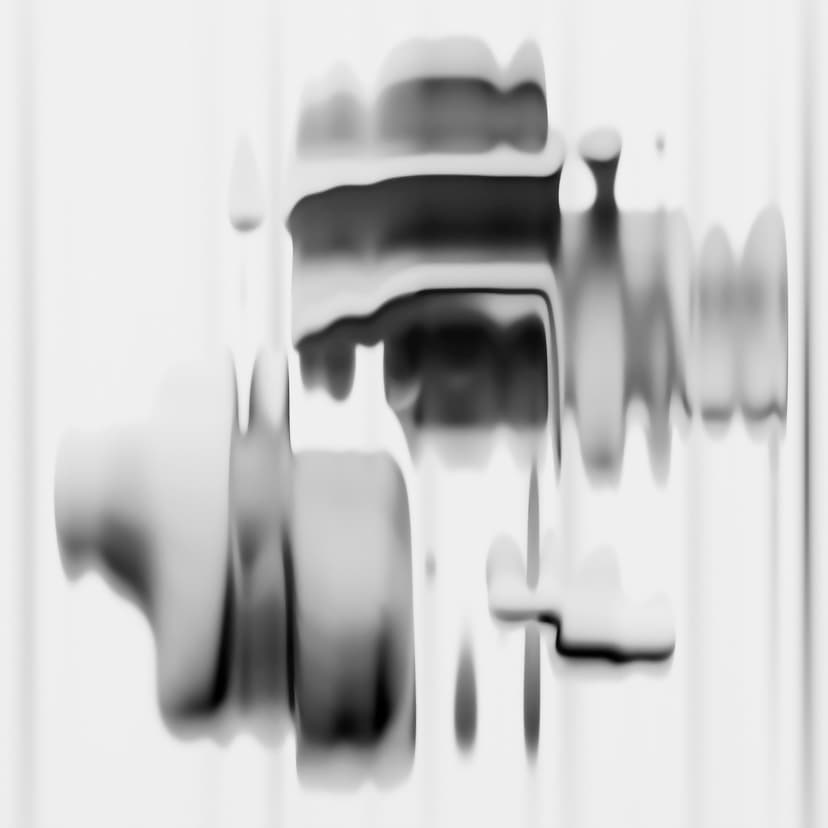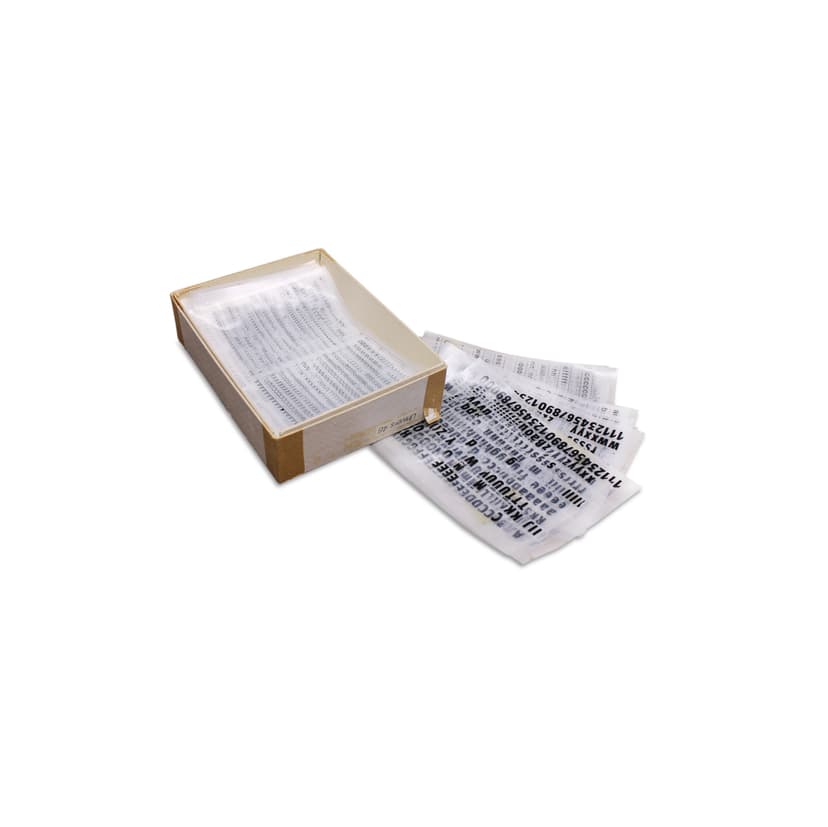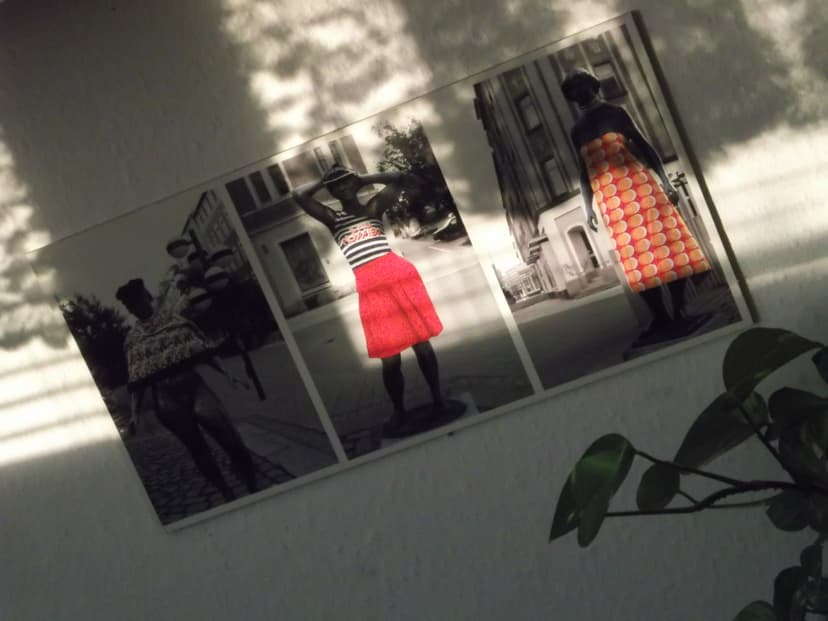Before reunification, I was, among other things, a senior engineer in the "Electrical Machine Repair" product group here in Chemnitz. Single-handedly, I commissioned 16 mechanical engineering businesses to produce improved or newly designed streamlining tools for the electrical machine repair trade. I also received considerable support from the Chemnitz Chamber of Crafts. Unfortunately, this product group was also dissolved, leaving me unemployed. Since almost all businesses were gradually shut down, I decided to become self-employed and founded a small mechanic's workshop, using small work machines, some of which I had built myself during the GDR era. I built small model Stirling engines and a few small steam engines based on my own designs. Unfortunately, there was always a large gap between the resulting costs and the saleable engines, so I wouldn't have been able to make a living from it. Due to the laws at the time, I was able to retire at age 60 and then built a few more such models purely for my leisure time. The Stirling engine, invented in 1816 by the English clergyman Robert Stirling, was a relatively easy-to-build model engine. It was manufactured by the Heinrici company in Zwickau, among others, until 1941. These engines, usually with low power output, were often used to drive water pumps, agitators, laboratory equipment, dynamos, fans, and mechanical musical instruments because they were explosion-proof and easy to operate. I didn't recreate any original engines; I simply integrated the working principle into the engines and designed the machine frames myself, partly technically and partly quite artistically. This makes them quite unique and stands out significantly from the modern models available in many places, because I still preferred brass parts and hand-cast machine elements. I submitted the neatly drawn model plans to the publisher who publishes the model-making magazine "Machines in Model Making." By the end of August, I will be delivering all of my casting models to a special shelf at a metal foundry in Chemnitz, so that those who purchase these blueprints can order the necessary castings to build these engines. I am enclosing a few colorful pages from past brochures for your convenience. I also have a copy of an article about my former activities, with illustrations of various small mechanisms I built during the GDR era. The motorized hand saw is still in a technical museum in Wurzbach and could possibly be loaned out there. The museum also owns around 20 of my exhibits there, which were purchased by the museum. However, this collection is currently no longer on display, as incompetent successors to the previous, incredibly active director of this museum, Mr. Schöps, destroyed this exhibition and had unfortunate plans for it. The documents sent to you reveal that during the GDR era, as a hobby musician and hobbyist, I built single-manual and double-manual vacuum cleaner motor organs from accordion treble parts and vacuum cleaner motors. Unfortunately, the latter was lost after the collection of everyday objects was sold off through the Saxon crafts collection. I still use a single-manual organ today for entertainment and to inspire singing at small gatherings with friends. I also still have a few objects from the very intensive crafting period of my youth. The small former jungle forge, where I made my motors, still serves as the basis for my crafts today.




